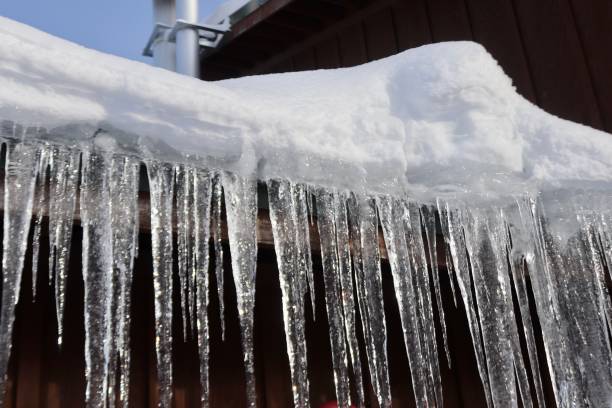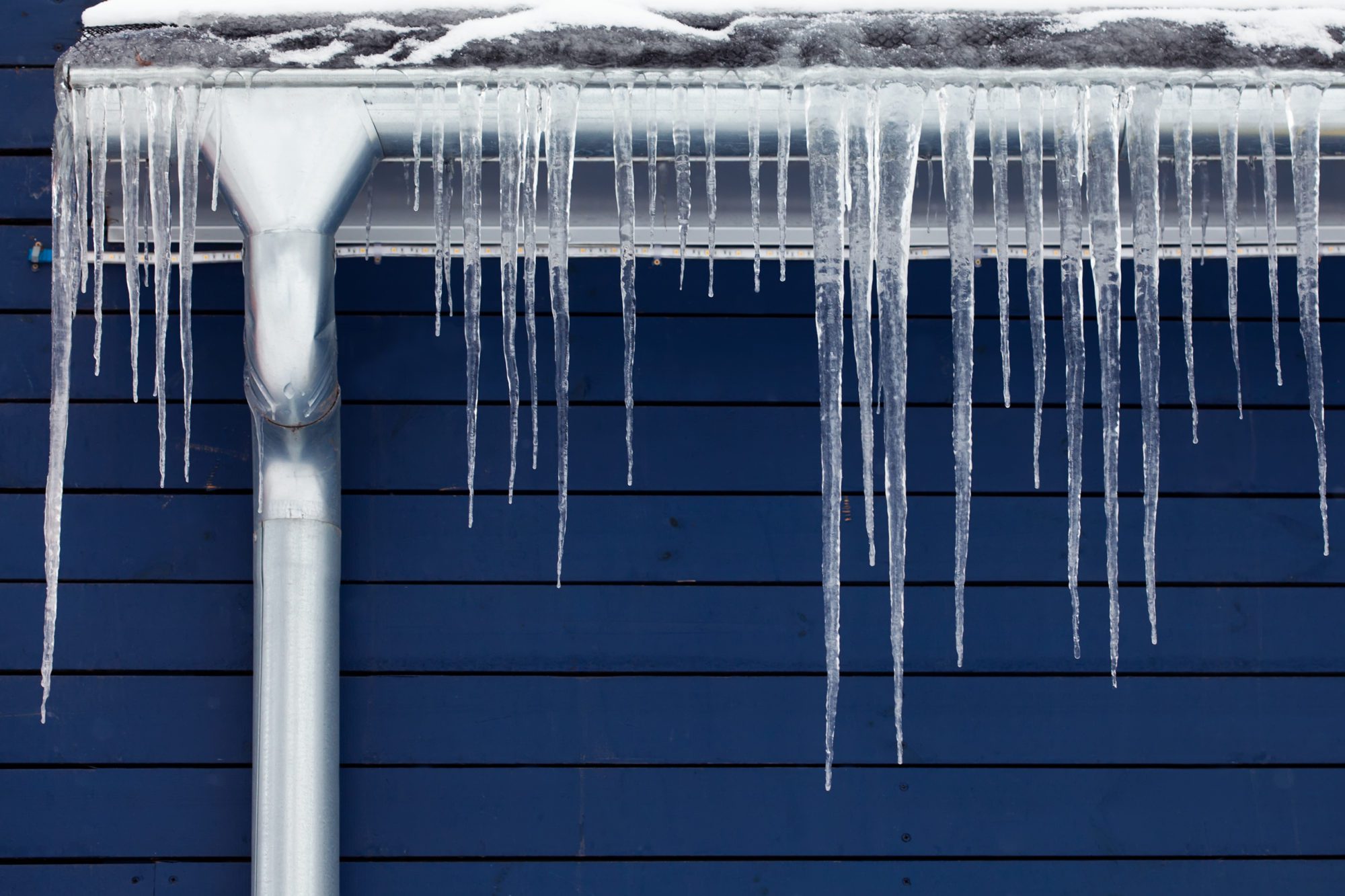They are making a few good points on Prevent Frozen Pipes overall in the article which follows.

Winter can damage your plumbing, particularly by freezing pipelines. Here's exactly how to stop it from occurring and what to do if it does.
Introduction
As temperatures drop, the danger of icy pipelines boosts, possibly causing costly fixings and water damage. Comprehending exactly how to prevent frozen pipelines is critical for house owners in cool climates.
Comprehending Frozen Pipes
What causes pipelines to ice up?
Pipes freeze when exposed to temperatures listed below 32 ° F (0 ° C) for expanded periods. As water inside the pipelines freezes, it broadens, putting pressure on the pipeline walls and potentially creating them to burst.
Threats and problems
Frozen pipelines can cause supply of water interruptions, home damage, and expensive repairs. Ruptured pipes can flooding homes and cause substantial structural damages.
Indicators of Frozen Pipeline
Determining icy pipes early can stop them from rupturing.
Exactly how to identify frozen pipelines
Try to find reduced water circulation from taps, unusual smells or sounds from pipelines, and visible frost on subjected pipes.
Avoidance Tips
Insulating susceptible pipes
Cover pipes in insulation sleeves or make use of heat tape to safeguard them from freezing temperatures. Concentrate on pipes in unheated or outside areas of the home.
Heating techniques
Maintain indoor areas appropriately heated up, particularly areas with pipes. Open cupboard doors to allow warm air to circulate around pipes under sinks.
Securing Outside Plumbing
Yard tubes and exterior faucets
Detach and drain pipes yard hose pipes prior to wintertime. Install frost-proof spigots or cover outdoor taps with insulated caps.
What to Do If Your Pipelines Freeze
Immediate activities to take
If you presume frozen pipes, maintain faucets open up to ease stress as the ice thaws. Use a hairdryer or towels soaked in hot water to thaw pipelines gradually.
Long-Term Solutions
Architectural changes
Take into consideration rerouting pipes far from outside wall surfaces or unheated areas. Include extra insulation to attic rooms, cellars, and crawl spaces.
Updating insulation
Purchase top notch insulation for pipes, attics, and wall surfaces. Appropriate insulation helps maintain regular temperature levels and lowers the threat of frozen pipelines.
Final thought
Preventing icy pipes calls for proactive actions and quick feedbacks. By comprehending the reasons, signs, and preventive measures, house owners can safeguard their pipes during cold weather.
5 Ways to Prevent Frozen Pipes
Drain Outdoor Faucets and Disconnect Hoses
First, close the shut-off valve that controls the flow of water in the pipe to your outdoor faucet. Then, head outside to disconnect and drain your hose and open the outdoor faucet to allow the water to completely drain out of the line. Turn off the faucet when done. Finally, head back to the shut-off valve and drain the remaining water inside the pipe into a bucket or container. Additionally, if you have a home irrigation system, you should consider hiring an expert to clear the system of water each year.
Insulate Pipes
One of the best and most cost-effective methods for preventing frozen water pipes is to wrap your pipes with insulation. This is especially important for areas in your home that aren’t exposed to heat, such as an attic. We suggest using foam sleeves, which can typically be found at your local hardware store.
Keep Heat Running at 65
Your pipes are located inside your walls, and the temperature there is much colder than the rest of the house. To prevent your pipes from freezing, The Insurance Information Institute suggests that you keep your home heated to at least 65 degrees, even when traveling. You may want to invest in smart devices that can keep an eye on the temperature in your home while you’re away.
Leave Water Dripping
Moving water — even a small trickle — can prevent ice from forming inside your pipes. When freezing temps are imminent, start a drip of water from all faucets that serve exposed pipes. Leaving a few faucets running will also help relieve pressure inside the pipes and help prevent a rupture if the water inside freezes.
Open Cupboard Doors
Warm your kitchen and bathroom pipes by opening cupboards and vanities. You should also leave your interior doors ajar to help warm air circulate evenly throughout your home.

Do you really like reading up on How to prepare your home plumbing for winter weather? Give a comment below. We'd be pleased to hear your suggestions about this article. We are looking forward to see you back again in the future. Those who enjoyed reading our blog entry plz don't forget to share it. Thanks a lot for your time invested reading it.
Call Today